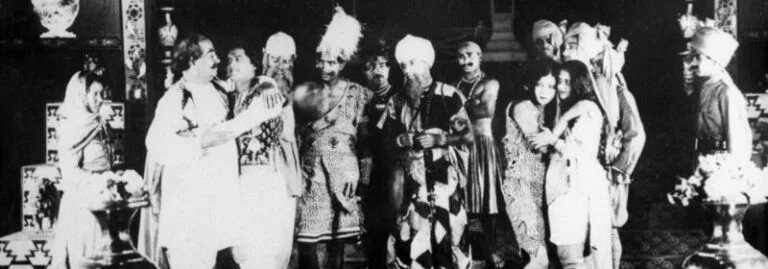Explore the historic milestone of the First Voice Movie in India, a pivotal moment in cinematic evolution.
A watershed moment in the annals of Indian cinema, this groundbreaking achievement marks a transformative leap from the silent era to the era of Sound, forever altering the landscape of storytelling on the silver screen.
The First Voice Movie in India and Cinematic Renaissance of the 1930s

Emerging against the backdrop of the 1930s, a period marked by burgeoning creativity and technological innovation, the first voice movie in India heralded a new era of auditory immersion for audiences nationwide.
With its innovative use of synchronized Sound, this cinematic marvel transcended the limitations of silent films, giving voice to characters and breathing life into narratives in a manner hitherto unseen.
Also, This monumental milestone revolutionized the cinematic experience and catalysed the growth and diversification of Indian cinema.
As the resonant cadences of dialogue and the melodious strains of music filled theatres, a newfound dynamism infused storytelling, captivating audiences and igniting a cultural renaissance reverberating nationwide.
Moreover, Beyond its technical achievements, the first voice movie in India embodies the spirit of innovation, daring to venture into uncharted territory and redefining the possibilities of cinematic expression.
Its legacy is a testament to the indomitable spirit of creativity and ingenuity that continues to shape India’s vibrant film industry.
1. The Influence of Western Cinematic Techniques
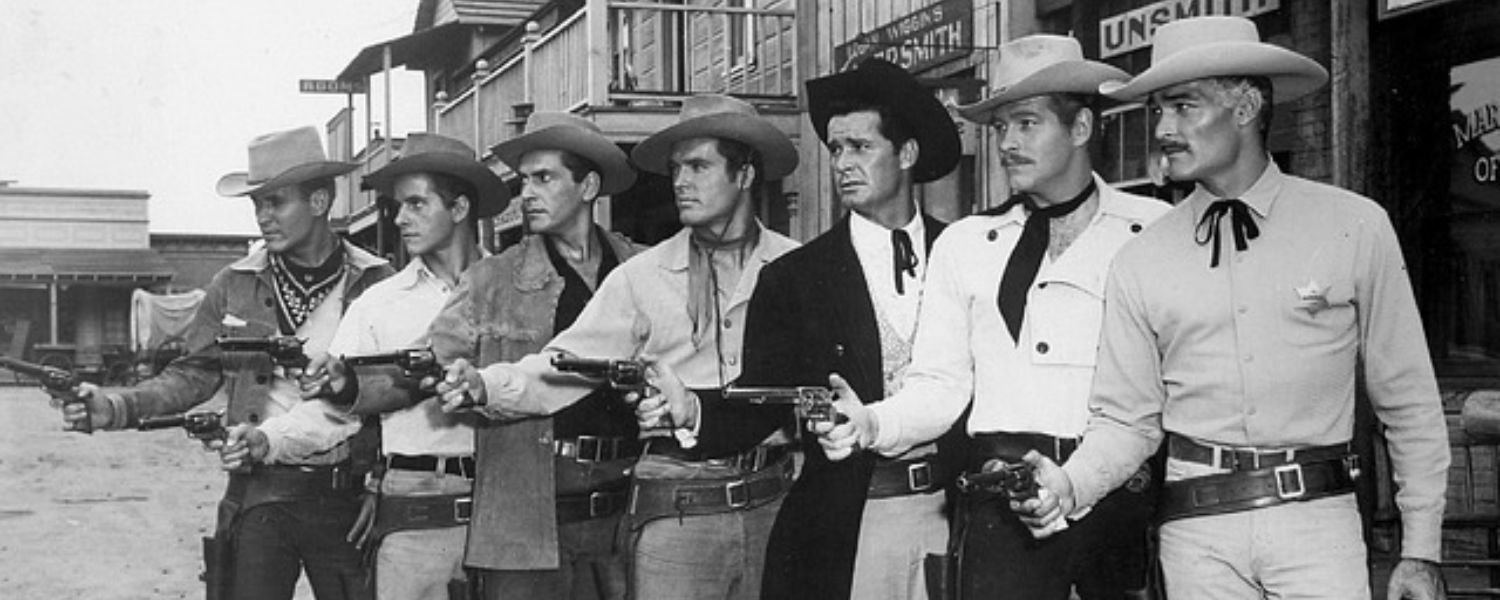
Over the years, Western cinematic techniques have played an essential role in shaping the art of filmmaking worldwide.
From the early days of silent films to the modern era of digital filmmaking, Western filmmakers have introduced innovative techniques in areas such as cinematography, editing, and storytelling.
Techniques such as close-ups, tracking shots, and montage have become filmmaking staples, influencing filmmakers in India and beyond.
Moreover, Indian filmmakers have embraced these techniques, incorporating them into their filmmaking style and adding their unique cultural elements.
As a result, Indian cinema has evolved to blend the best of Western techniques with traditional Indian storytelling, creating a diverse and vibrant film industry.
2. The Advent of Sound in Indian Films
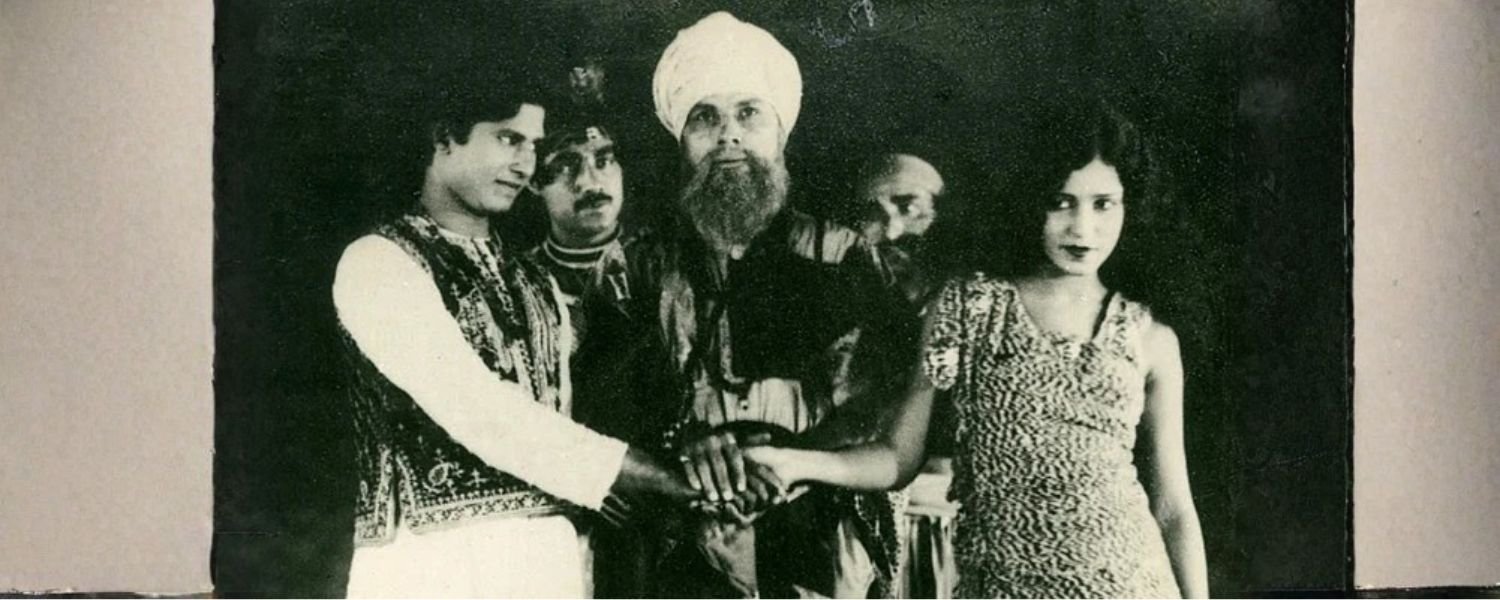
The advent of Sound in Indian films marked a significant milestone in the country’s cinematic history.
The first voice movie in India, “Alam Ara,” was released in 1931, introducing synchronised Sound to Indian audiences.
So, This technological innovation revolutionised the film industry, allowing filmmakers to incorporate dialogue, music, and sound effects.
Also, The success of “Alam Ara” paved the way for the widespread adoption of Sound in Indian cinema, leading to the rapid growth of the industry in the decades that followed.
Sound added a new dimension to Indian films, enhancing storytelling and creating more immersive viewing experiences for audiences.
Today, Sound plays an integral role in Indian cinema, with filmmakers using advanced audio technologies to create captivating soundscapes that complement their visual storytelling.
3. Emergence of “Alam Ara”

“Alam Ara” marked the emergence of the first voice movie in India.
Released in 1931, it revolutionised the Indian film industry by introducing synchronised Sound and music.
Directed by Ardeshir Irani, this pioneering film paved the way for a new era in Indian cinema, transforming silent movies into talkies.
Moreover, “Alam Ara” featured a captivating storyline, memorable songs, and vibrant characters, captivating audiences with its innovative sound technology.
The movie’s success sparked a wave of enthusiasm for good films, leading to the rapid growth and development of the Indian film industry.
4. Impact on Indian Society
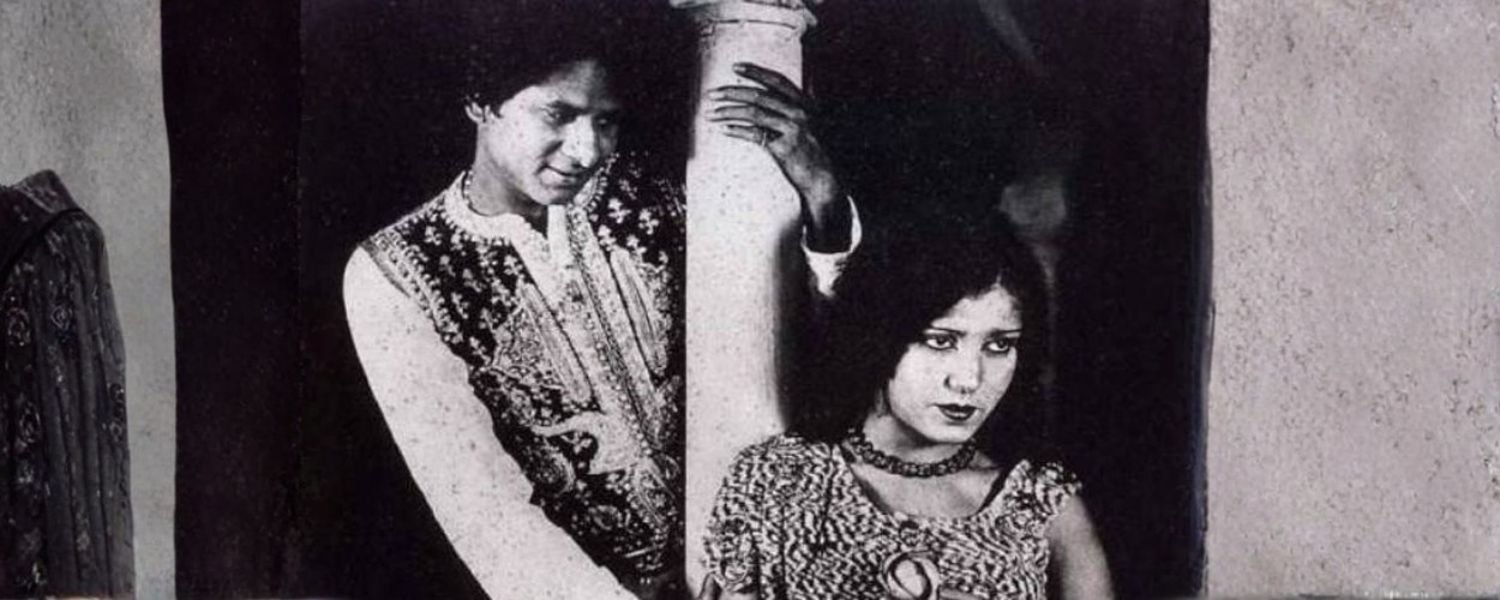
The impact of “Alam Ara” on Indian society was profound and far-reaching.
As the first voice movie in India, artists have shaped the landscape and influenced popular entertainment.
The introduction of synchronised Sound and music brought a new level of realism and emotional depth to Indian cinema, enhancing the audience’s viewing experience.
Also, “Alam Ara” also provided a platform for talented actors, singers, and musicians to showcase their skills, contributing to the growth of the Indian industry.
Moreover, the success of “Alam Ara” paved the way for future advancements in Indian cinema, inspiring filmmakers to explore new storytelling techniques and push the boundaries of creativity.
Overall, “Alam Ara” left an indelible mark on Indian society, setting the stage for the golden age of Indian cinema.
5. Technological Innovations in Sound Recording
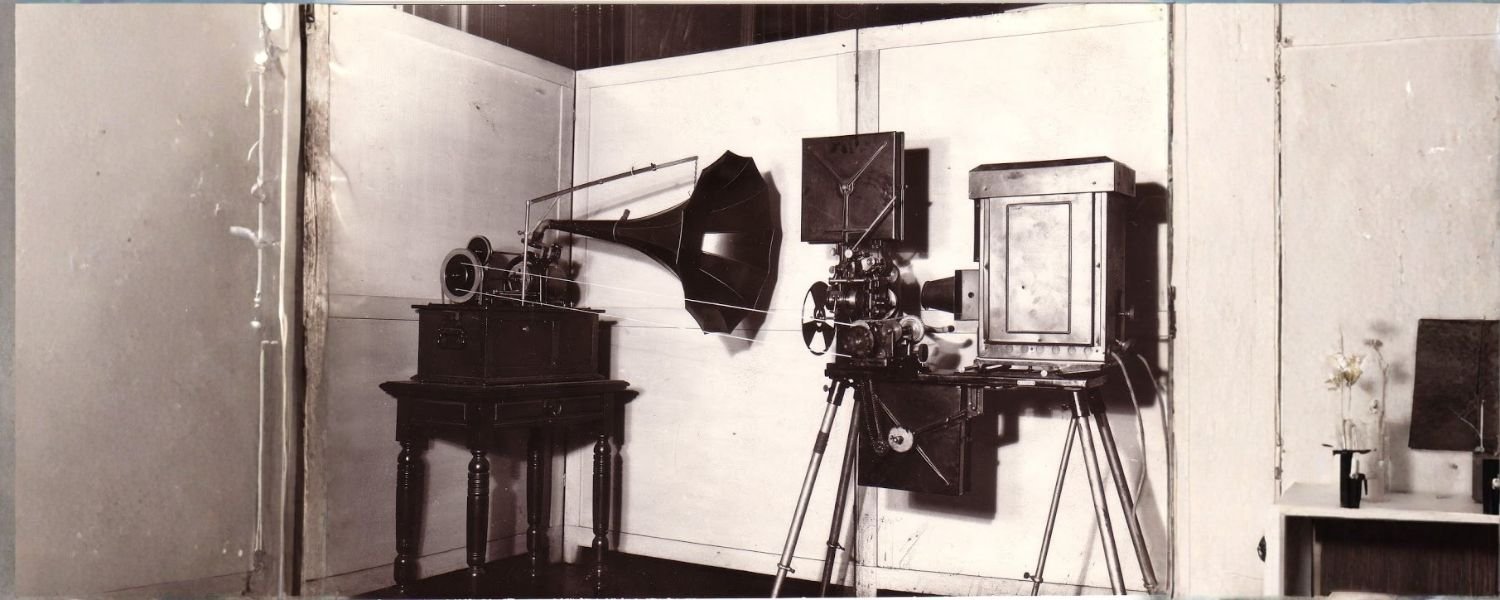
Over the years, there have been significant technological innovations in sound recording that have revolutionised the way we capture and reproduce audio.
One of the most important advancements is the invention of magnetic tape recording, which allowed Sound to be recorded and played back with greater fidelity and flexibility.
Also, This technology replaced earlier methods, such as phonograph cylinders and shellac discs, offering improved sound quality and editing capabilities.
Another major innovation is the development of digital recording techniques, which use binary code to capture and store audio data in a digital format.
Moreover, This has led to the widespread adoption of digital audio recording equipment and software, making recording, editing, and distributing music and other audio content more accessible and convenient.
Additionally, advancements in microphone technology, signal processing, and acoustics have further improved the quality and realism of recorded Sound.
These technological innovations have profoundly impacted the music industry, film production, broadcasting, and many other fields where sound recording plays a crucial role.
6. Cultural Significance of “Alam Ara”
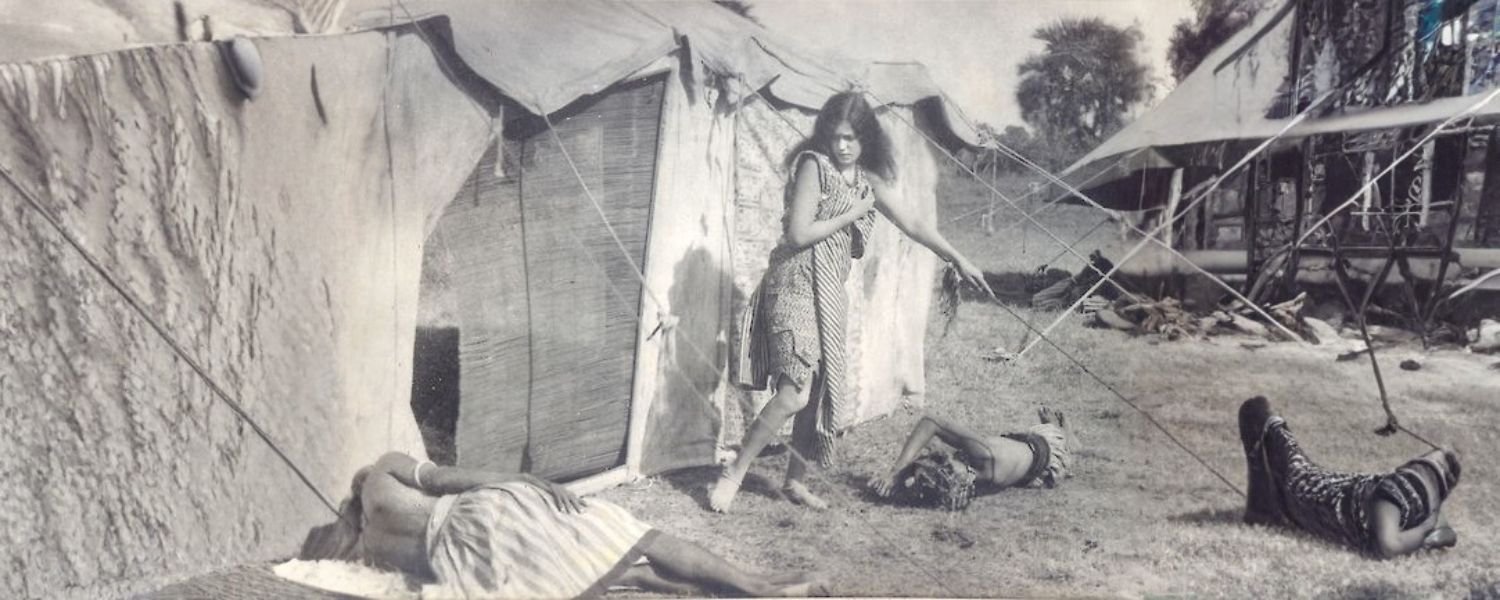
“Alam Ara” holds immense cultural significance as the first voice movie in India, marking a significant milestone in the history of Indian cinema.
Released in 1931, “Alam Ara” introduced sound technology to Indian audiences, ushering in a new era of filmmaking and entertainment.
Also, The film’s use of synchronised Sound and dialogue revolutionised the Indian film industry, paving the way for the transition from silent films.
Also, “Alam Ara” was a technical achievement and a cultural phenomenon, capturing the hearts of audiences across the country with its captivating story, memorable characters, and melodic songs.
The film’s success paved the way for the growth and development of the Indian film industry, inspiring generations of filmmakers and actors to create cinematic masterpieces that continue to entertain and inspire audiences to this day.
Overall, “Alam Ara” holds a special place in the hearts of Indian cinephiles as a pioneering work that forever changed the landscape of Indian cinema.
Transformation of the Indian Film Industry
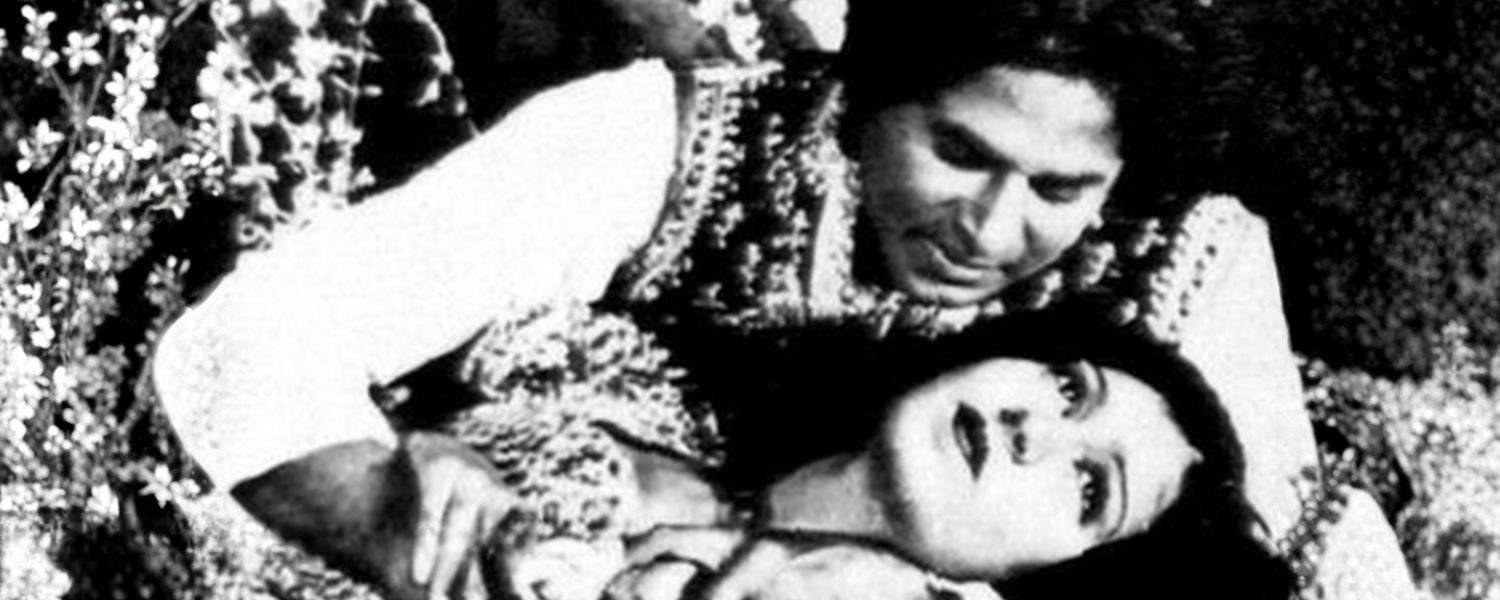
The transformation of the Indian film industry began with the introduction of the first voice movie in India.
This marked a significant milestone in Indian cinema, as it allowed for the inclusion of synchronised Sound and dialogue in films.
Before this development, Indian movies were silent, relying solely on visual cues and intertitles to convey the storyline.
Moreover, The advent of Sound revolutionised the way films were made and experienced, opening up new possibilities for storytelling and artistic expression.
Also, With the ability to incorporate dialogue, music, and sound effects, filmmakers were able to create more immersive and engaging cinematic experiences for audiences.
This transformation paved the way for the growth and evolution of the Indian film industry, leading to the emergence of iconic filmmakers, actors, and films that have left a lasting impact on Indian culture and society.
1. Reception and Public Response
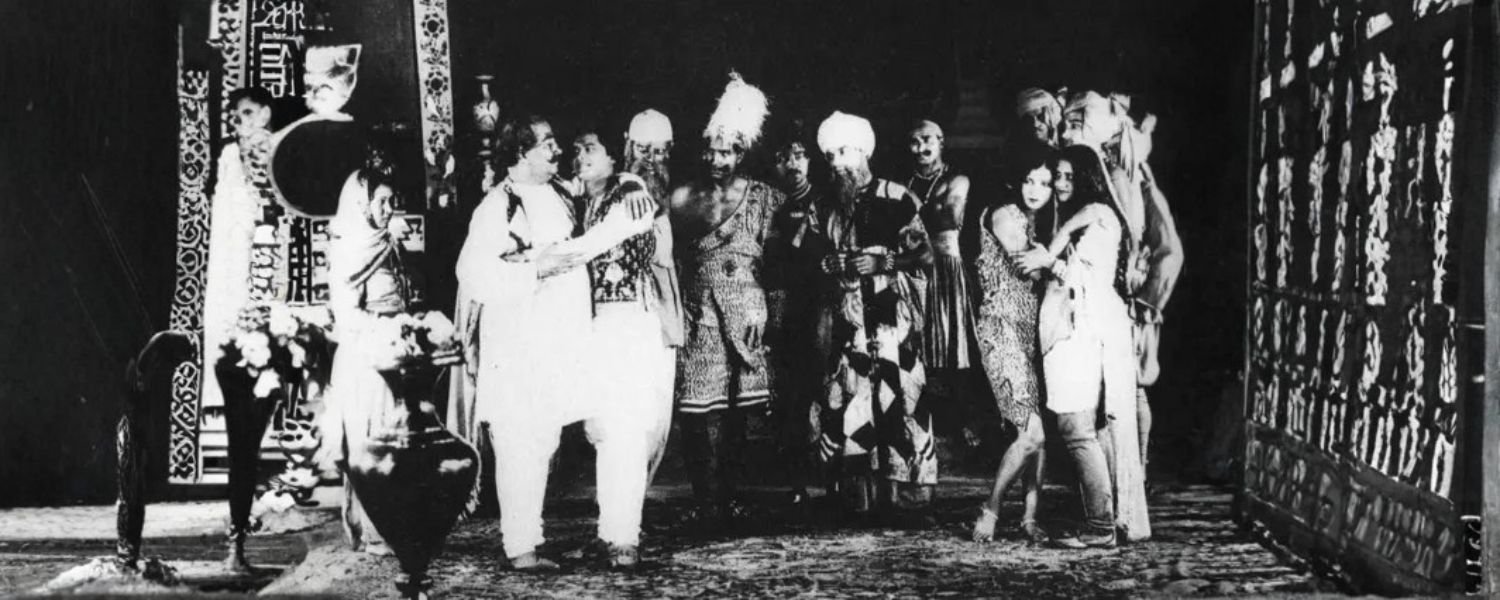
The reception and public response to the first voice movie in India were overwhelmingly positive.
Audiences were thrilled by the newfound ability to hear dialogue and music in films, which added a new dimension to their movie-watching experience.
The introduction of synchronised Sound created a sense of realism and immediacy that resonated with viewers, drawing them further into the stories unfolding on screen.
This innovation was met with enthusiasm and excitement as audiences flocked to theatres to experience the latest advancements in cinema.
So, The success of the first voice movie paved the way for future developments in Indian filmmaking, inspiring filmmakers to continue pushing the boundaries of creativity and innovation.
Overall, the reception of the first voice movie in India marked a turning point in the history of Indian cinema, setting the stage for its continued growth and influence in the years to come.
2. Pioneering Role of Ardeshir Irani

Ardeshir Irani pioneered Indian cinema by directing and producing the first voice movie in India.
Born in 1886, Irani was a visionary filmmaker who recognized the potential of sound technology in cinema.
In 1931, he released “Alam Ara,” which began a new generation in Indian cinema. “Alam Ara” was not only the first Indian film to feature synchronised Sound, but it also introduced audiences to the world of musicals with its memorable songs and melodic tunes.
Ardeshir Irani’s innovative spirit and determination paved the way for the evolution of Indian cinema, inspiring future generations of filmmakers to explore the possibilities of Sound and music in their creations.
Evolution of Musical Genre in Indian Cinema
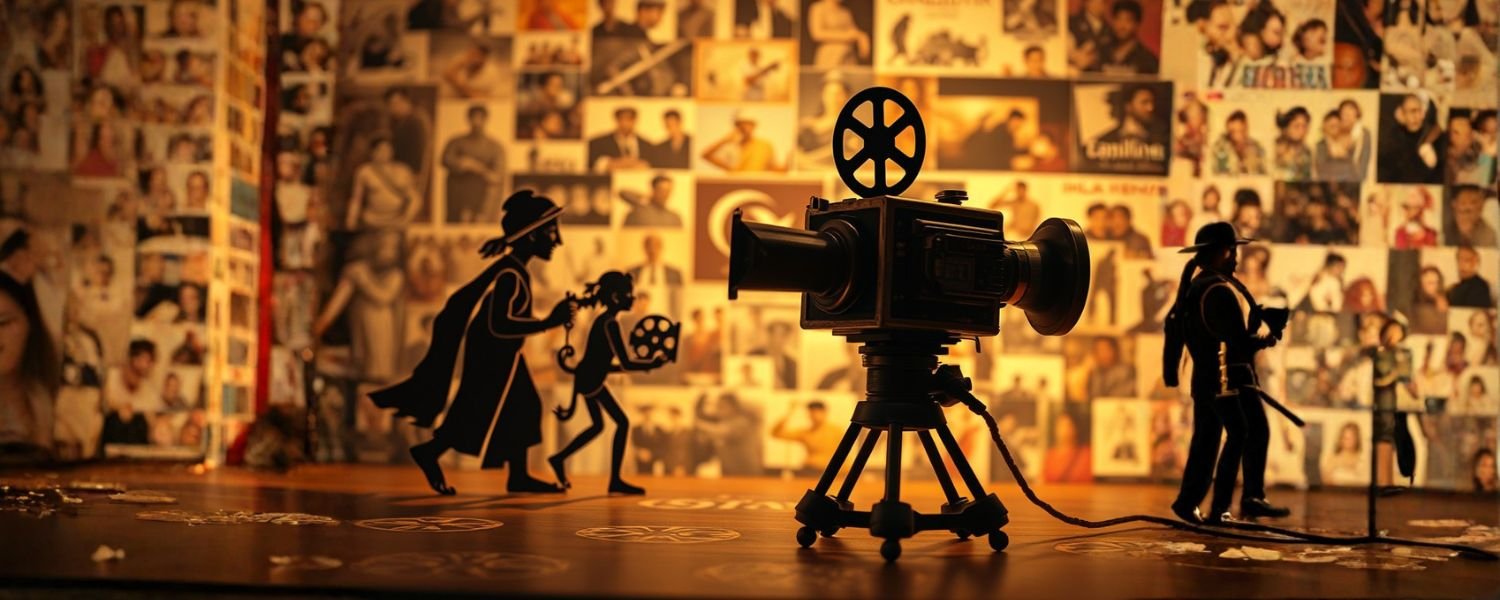
The evolution of musical genres in Indian cinema can be traced back to the efforts of filmmakers like Ardeshir Irani, who introduced the first voice movie in India.
With the release of “Alam Ara” in 1931, Indian cinema underwent a significant transformation, giving rise to a new era of musicals.
Moreover, Over the years, various musical genres have emerged in Indian cinema, reflecting the cultural diversity and richness of the country.
From classical and folk music to modern-day pop and hip-hop, Indian filmmakers have experimented with various musical styles to enhance their storytelling.
Today, Indian cinema is celebrated globally for its vibrant musical compositions, catchy tunes, and elaborate dance sequences, which continue to captivate audiences of all ages.
1. Historical Context of the Film
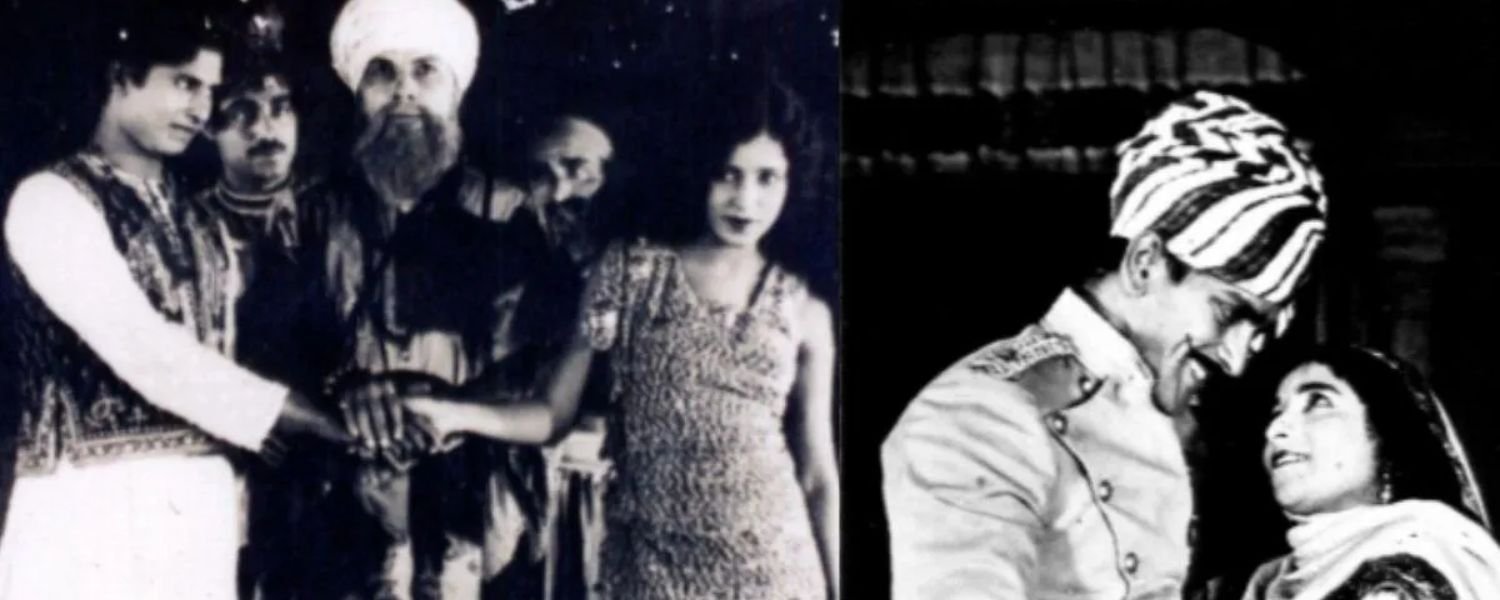
“Alam Ara,” the first voice movie in India, holds significant historical importance in the Indian film industry.
Released in 1931, the film marked a groundbreaking milestone by introducing synchronised Sound and dialogue to Indian cinema.
Directed by Ardeshir Irani, “Alam Ara” revolutionised how audiences made and experienced movies. Before its release, Indian films were silent, relying solely on visual storytelling and live musical accompaniment.
Moreover, With the advent of sound technology, “Alam Ara” ushered in a new era of filmmaking, allowing characters to speak and sing on screen, enhancing the narrative and impact of the story.
The success of “Alam Ara” paved the way for the growth and development of the Indian film industry, leading to the emergence of the talkie era and the production of countless sound films in the years to come.
2. Legacy of “Alam Ara” in Bollywood
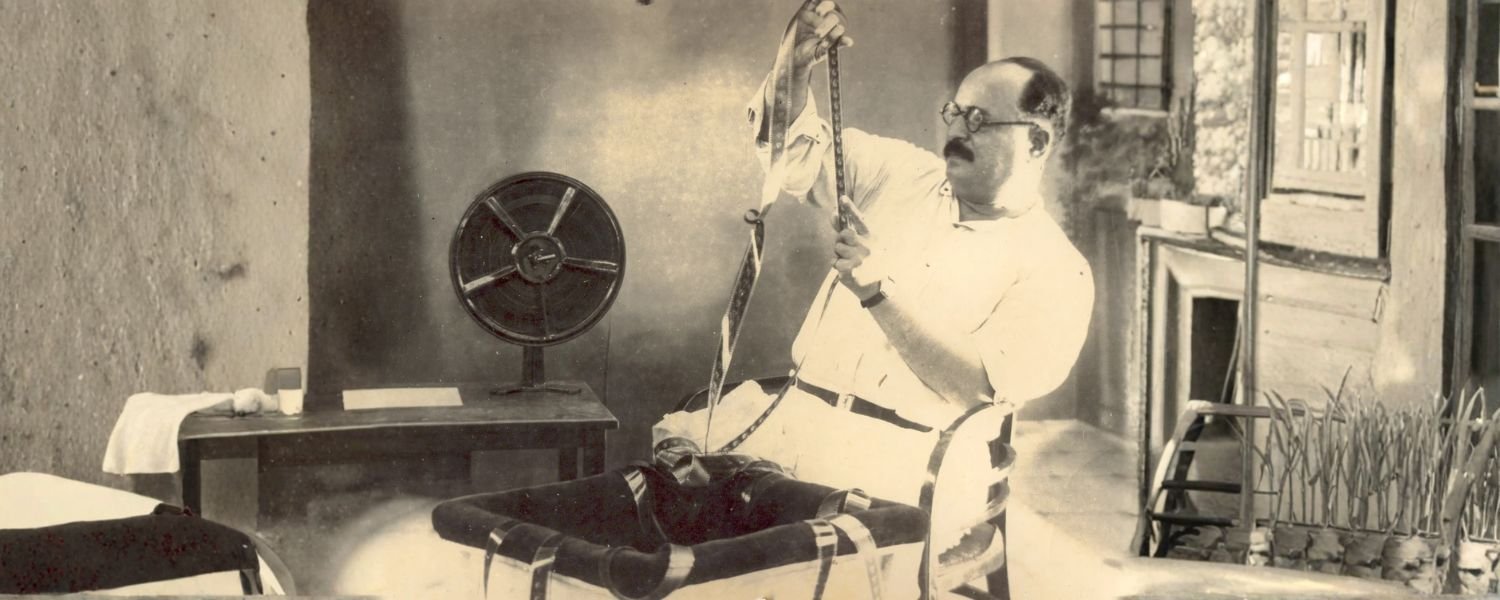
The legacy of “Alam Ara” in Bollywood is profound and enduring.
As the first voice movie in India, it laid the foundation for the future of Indian cinema, shaping how audiences produced, distributed, and experienced films.
The success of “Alam Ara” demonstrated the potential of sound technology in filmmaking, inspiring filmmakers to explore new storytelling techniques and creative possibilities.
Moreover, the film’s popularity catapulted its cast and crew to stardom, cementing their place in the annals of Bollywood history.
“Alam Ara” also established Ardeshir Irani as a pioneering filmmaker in the Indian film industry, earning him recognition and acclaim for his innovative vision.
Over the years, “Alam Ara” has become a cultural icon and a symbol of India’s cinematic heritage, revered for its historical significance and lasting impact on Bollywood and the global film industry.
3. Symbolism and Themes Explored
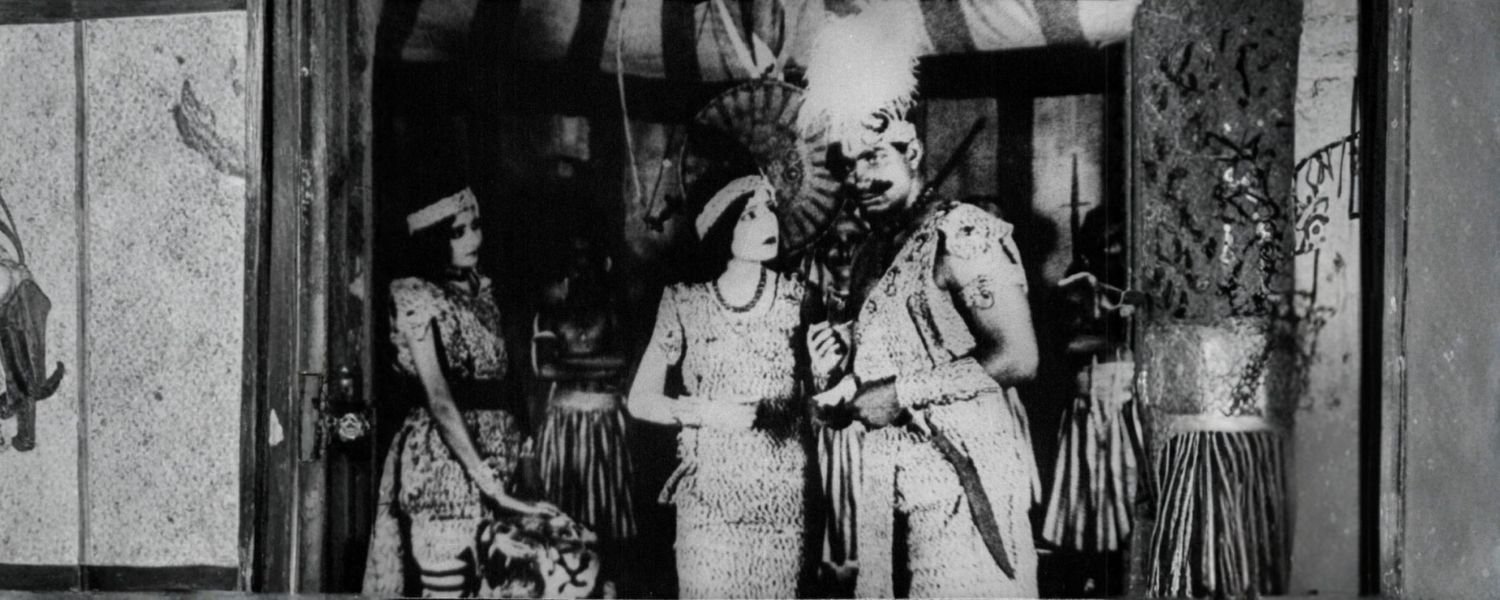
The first voice movie in India, a significant milestone in the country’s entertainment history, explores various symbolism and themes.
Through the innovative use of voice, this movie delves into identity, communication, and expression themes.
Symbolically, the introduction of voice brings a new dimension to storytelling, allowing characters to convey emotions and narratives more nuanced and impactful.
The movie may also explore themes of empowerment and inclusivity, as using voice enables individuals from diverse backgrounds to participate in the cinematic experience.
Furthermore, the movie may address societal issues such as censorship and freedom of expression, highlighting the power of voice for social change and advocacy.
Overall, the first voice movie in India serves as a symbol of progress and innovation in the entertainment industry, opening new avenues for storytelling and artistic expression.
Contribution to the Indian Art and Entertainment Industry

The first voice movie in India marks a significant contribution to the country’s art and entertainment industry.
By pioneering the use of voice in cinema, this groundbreaking film revolutionises how stories are told and experienced on screen.
Through innovative technology and creative storytelling, the movie expands the possibilities of Indian cinema, attracting new audiences and expanding the boundaries of artists.
Furthermore, the first voice movie in India showcases the talent of Indian filmmakers and artists, earning domestic and international recognition.
So, Its success inspires future generations of filmmakers to explore new techniques and ideas, driving innovation and diversity in the Indian film industry.
Additionally, the movie’s impact extends beyond entertainment, sparking conversations about accessibility, inclusion, and the power of storytelling to connect people across cultures and communities.
Overall, the first voice movie in India leaves a lasting legacy, shaping the future of Indian cinema and inspiring audiences worldwide.
Conclusion
In conclusion, the emergence of the first voice movie in India marks a significant milestone in the country’s history of film.
This groundbreaking achievement showcases India’s prowess in filmmaking and reflects the evolving landscape of storytelling in the Indian film industry.
By incorporating marginalised communities’ authentic voices and experiences, the First Voice movie paves the way for greater inclusivity and representation on screen.
So, This landmark film serves as a beacon of empowerment, amplifying the voices of those who have long been silenced or overlooked in mainstream cinema.
Its success highlights the importance of diversity representation and underscores the power of storytelling as a catalyst for social change.
Through the lens of the first voice movie, audiences are invited to explore new perspectives, challenge existing norms, and foster a deeper understanding of the human experience.
Furthermore, the advent of the first voice movie in India opens doors for aspiring filmmakers from diverse backgrounds to share their stories with the rich tapestry of Indian cinema.
As the industry continues to evolve, it is crucial to embrace and celebrate narratives that reflect the true diversity of Indian society.
The first voice movie in India signals a paradigm shift in the film industry, ushering in a new era of inclusivity, authenticity, and social consciousness.
It serves as a testament to the transformative power of cinema and reaffirms its ability to inspire, educate, and unite audiences across the globe.
For more movies-related blogs, Subscribe to us Now!
FAQ
Q: What is the significance of the first voice movie in India?
An. The first voice movie in India holds immense historical significance as it marked a pivotal moment in the Indian film industry.
So, With the introduction of synchronised Sound, Indian cinema underwent a revolutionary transformation, allowing for a more immersive cinematic experience for audiences.
Q: When was the first voice movie in India released?
An. The first voice movie in India, “Alam Ara,” was released on March 14, 1931.
Also, Produced by Ardeshir Irani, this Urdu-language film introduced Sound and set the stage for the future of Indian cinema.
Q: Who were the key figures producing the first voice movie in India?
An. “Alam Ara” was directed by Ardeshir Irani and featured an ensemble cast that included Master Vithal, Zubeida, Jillo Bai, and Prithviraj Kapoor.
Their contributions to this groundbreaking film laid the groundwork for the evolution of Indian cinema.
Q: How did the first voice movie in India impact the film industry?
An. The release of “Alam Ara” marked a turning point in Indian cinema, sparking a rapid shift from silent to sound films.
Also, This technological advancement revolutionized storytelling and opened up new avenues for creativity within the industry.
Q: How did audiences respond to the first voice movie in India?
An. Audiences were captivated by the immersive experience offered by “Alam Ara.”
The introduction of synchronized Sound brought characters to life in a previously unimaginable way, garnering widespread acclaim and establishing a new era in Indian filmmaking.
